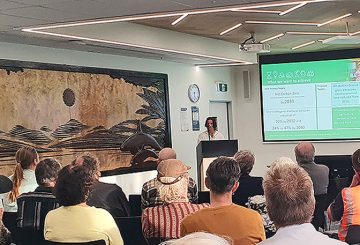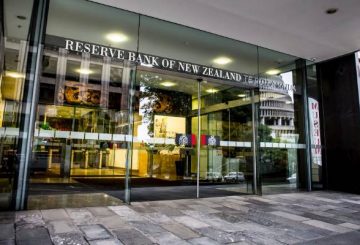Một chương trình sáng tạo, do iwi dẫn đầu nhằm mục đích giảm tác động của các cơn bão trong tương lai ở Northland đồng thời tạo ra việc làm và giữ ấm cho các gia đình cùng một lúc.
Một kỷ lục 64.000 người Northlanders đã bị bỏ lại không có điện trong cơn bão Gabrielle – một số kéo dài đến ba tuần – sau khi cơn bão tháng Hai khiến vô số cây cối đổ xuống đường dây điện.
Bây giờ, một dự án có tên Ngā Manga Atawhai sẽ thấy những cây đổ bị loại bỏ khỏi lề đường và suối, và biến thành củi cho các hộ gia đình có thu nhập thấp.
Những cây vẫn đứng vững nhưng có nguy cơ làm sập đường dây điện trong cơn bão lớn tiếp theo cũng sẽ bị loại bỏ.
Tổng cộng các tình nguyện viên đã dành 13 giờ sử dụng cưa máy để dọn sạch một đoạn đường cao tốc dài 10km.
Thiệt hại nghiêm trọng đến mức một số khu vực không có điện trong ba tuần.
Loại bỏ cây đổ khỏi các hơi nước của khu vực cũng sẽ làm giảm nguy cơ lũ lụt.
Dự án được xây dựng dựa trên sự thành công của công việc phục hồi lốc xoáy đã được thực hiện bởi Northland iwi Te Roroa.
Thông qua Lực lượng Đặc nhiệm Tăng cường Xanh do Bộ Phát triển Xã hội tài trợ, iwi đã dọn sạch những cây bị đổ trên đất nông nghiệp từ Auckland đến tận Houhora, phía bắc Kaitāia.
Ngā Manga Atawhai (“Các chi nhánh chăm sóc”) sẽ được ra mắt vào thứ Sáu ngày 8 tháng 9 với trọng tâm ban đầu là xử lý cây mà Hội đồng Khu vực Northland đã loại bỏ khỏi 25 con sông xung quanh khu vực.
Tín dụng: radionz.co. nz





























































